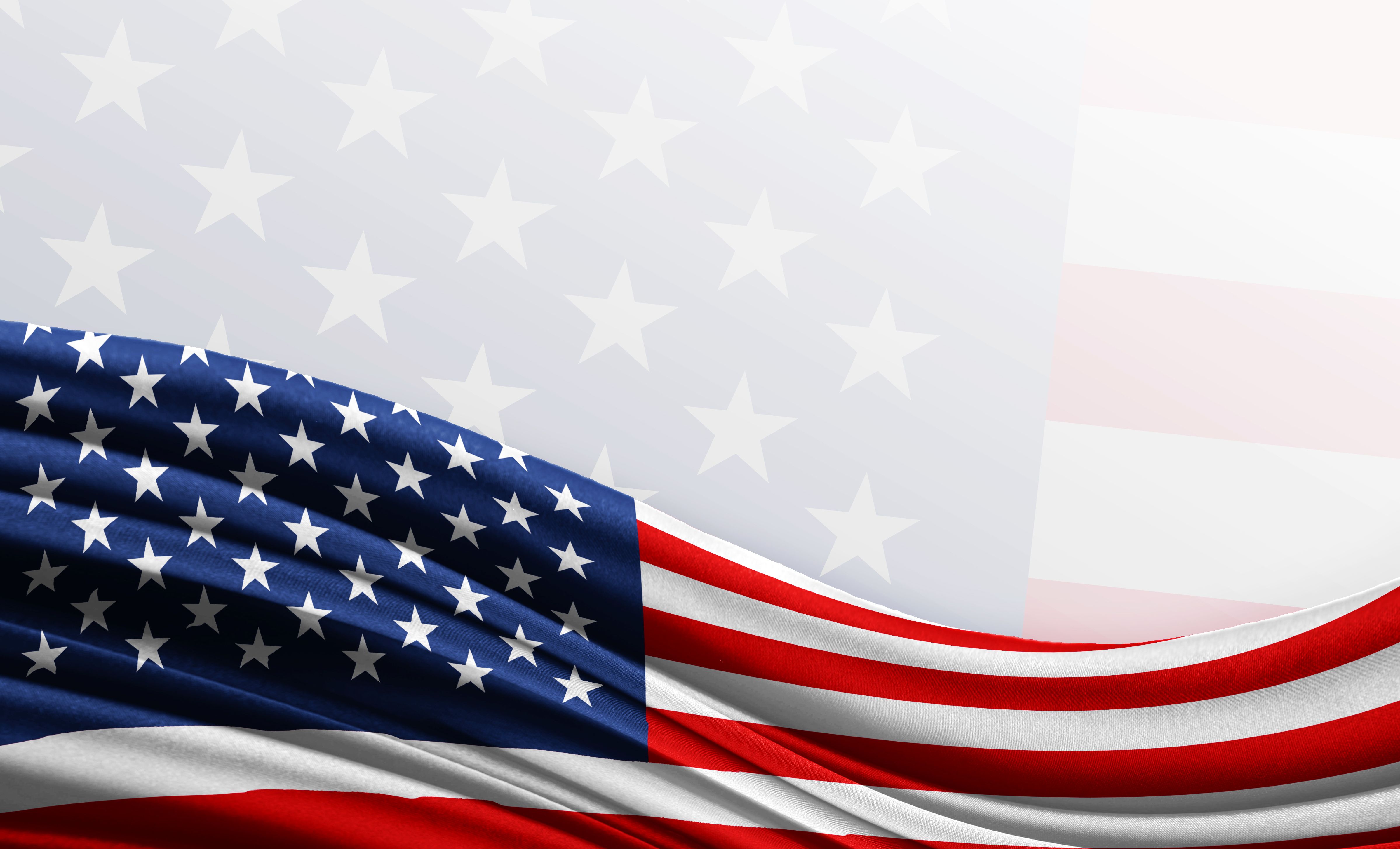Article
Treat the Classroom, Not the Kids
Author(s):
ADHD has more than tripled in just 20 years-it is now diagnosed in 11% of all kids and in an astounding 20% of teenage boys. More in this commentary.
[[{"type":"media","view_mode":"media_crop","fid":"23747","attributes":{"alt":"","class":"media-image media-image-right","id":"media_crop_4934940370130","media_crop_h":"0","media_crop_image_style":"-1","media_crop_instance":"1959","media_crop_rotate":"0","media_crop_scale_h":"0","media_crop_scale_w":"0","media_crop_w":"0","media_crop_x":"0","media_crop_y":"0","style":"float: right; margin: 5px;","title":" ","typeof":"foaf:Image"}}]]COMMENTARY
The statistics tell us that our children are getting sicker and sicker. ADHD has more than tripled in just 20 years-it is now diagnosed in 11% of all kids and in an astounding 20% of teenage boys. Autism is also on a rapid rise-the latest reported rate suggests it occurs in 1 in every 68 kids; 20 years ago it was less than 1 in every 500. Thankfully, childhood bipolar disorder has recently lost a good deal of its faddish luster, but for a while it had enjoyed a bizarre 40 fold increase in popularity.
Don’t believe the statistics-they are wildly exaggerated. Our kids are no sicker now than they have always been; it’s just that they are too often mislabeled for behaviors that used to be considered part of normal variation. We are turning childhood into an illness.1
The surest proof of misplaced diagnostic exuberance comes directly from the classroom. Research shows that the youngest kids in class are much more likely than the oldest to be diagnosed as having ADHD and to receive stimulant treatment. It is shameful that simple immaturity due to being younger is now mislabelled as mental illness and mistreated with a pill.
A diagnosis of ADHD is useful only for those kids who have a early onset of very severe and persistent symptoms displayed in a wide variety of family, school, and social contexts. Children who are properly diagnosed after a careful evaluation and a period of watchful waiting usually benefit from the treatment and extra school attention.
But the two thirds or more of active kids who have been mislabelled with ADHD suffer unnecessary stigma, reduced expectations, and harmful drug side effects. We need to do a better job of protecting our children from such widespread careless diagnosis and reckless treatment.2
One crucial step would be to tame the drug companies that have benefited from over-selling the ADHD ill in order to push their stimulant pills. Big Pharma has used its formidable lobbying might to gain the unprecedented right to advertise directly to consumers-aiming directly at parents and teachers. The only other developed country on earth that allows direct to consumer advertising is New Zealand.
Massive and cleverly misleading marketing has transformed the stimulant drug market from a minor player to a ten billion dollar a year cash cow. This is great for Pharma executives and shareholders, but bad for the kids who are mislabelled and mistreated.
Wouldn’t it be a much better world if most of this misspent and wasted money were instead budgeted toward better schools. We should be able to manage the more active kids with educational tools rather than subjecting them to fake medical diagnoses.
What makes more sense-promiscuous use of pills or smaller class sizes and more facilities for physical activity that allow kids to blow off steam.
Our country is spending far too much on unnecessary and often iatrogenically harmful medical care and far too little on education. It is completely irrational to shortchange our schools and then spend a bundle on misguided medical treatment for normally active kids who don’t do well in a stressed school environment.
A first step would be to follow the lead of the rest of the developed world and end all drug company advertising. We shouldn’t fall for the sales pitch that the problems in our schools should be treated by medicating our kids.
Instead, let’s diagnose and treat our classrooms and playgrounds, not over-diagnose and over-treat our children.
References:
1. Frances A. Most Active Kids Don’t Have ADHD. Psychology Today. March 11, 2014. http://www.psychologytoday.com/blog/saving-normal/201403/most-active-kids-don-t-have-adhd. Accessed April 2, 2014.
2. Frances A. How Parents Can Protect Kids From the ADHD Epidemic. Psychology Today. February 11, 2014. www.psychologytoday.com/blog/saving-normal/201402/how-parents-can-protect-kids-the-adhd-epidemic. Accessed April 2, 2014.






